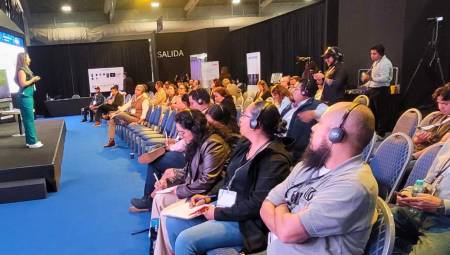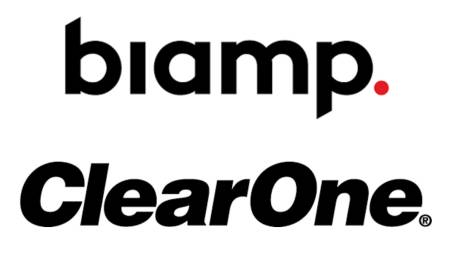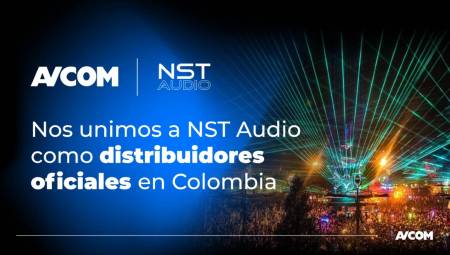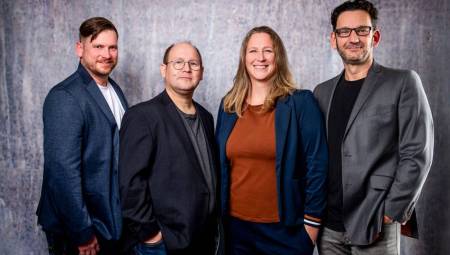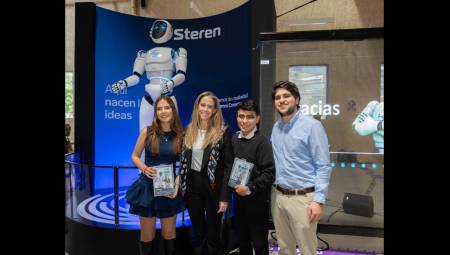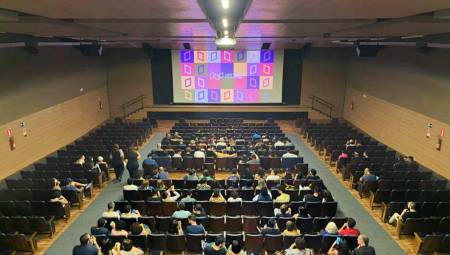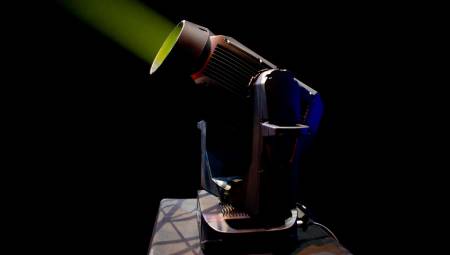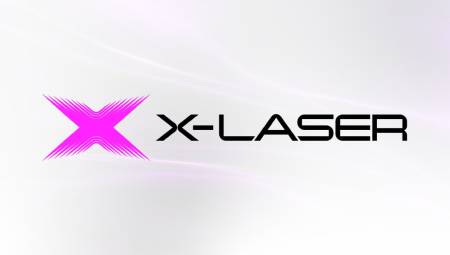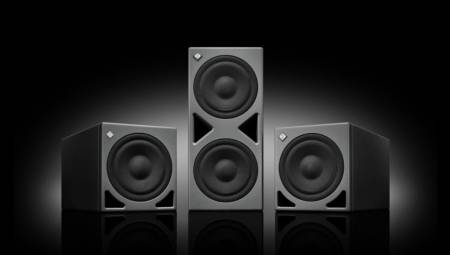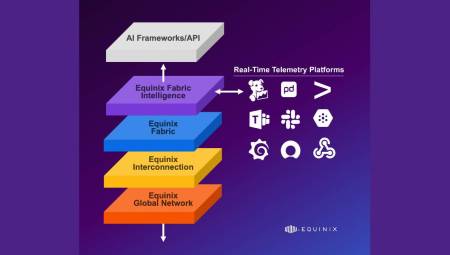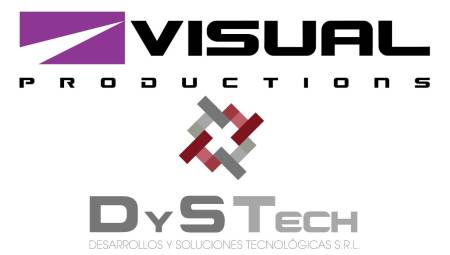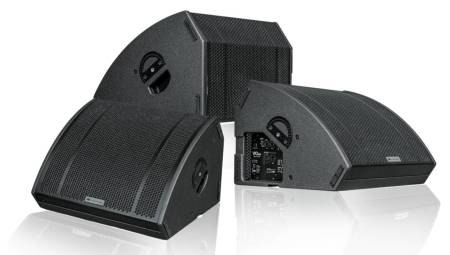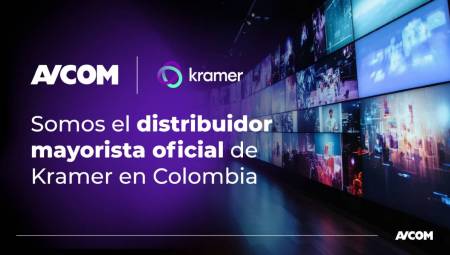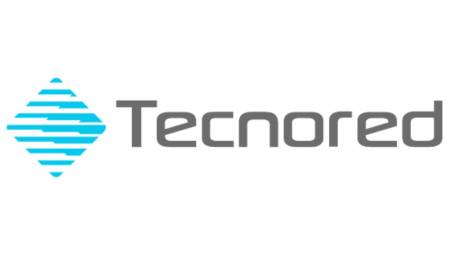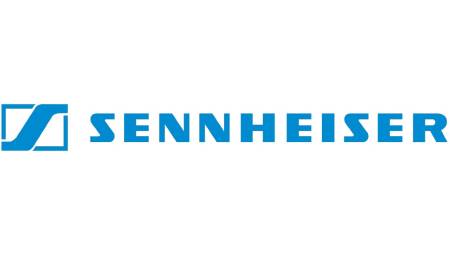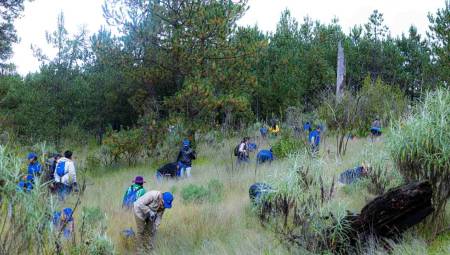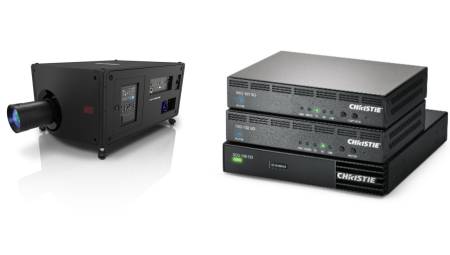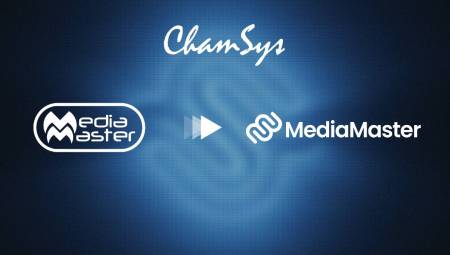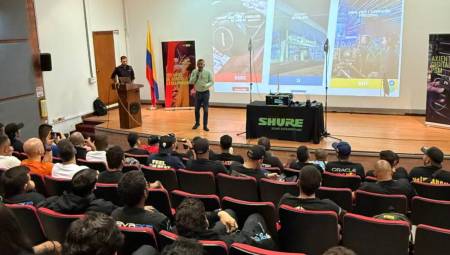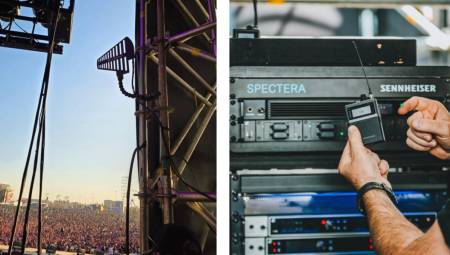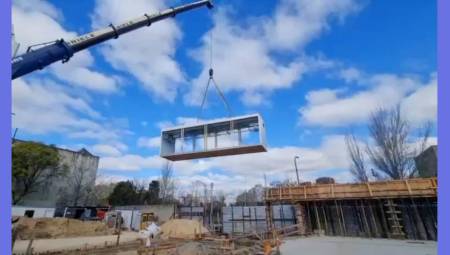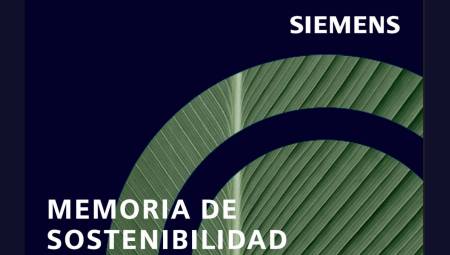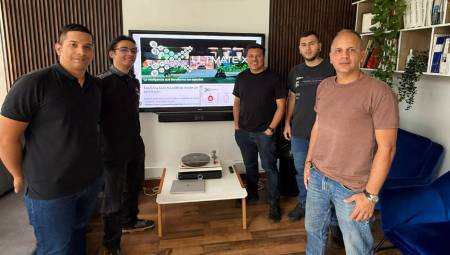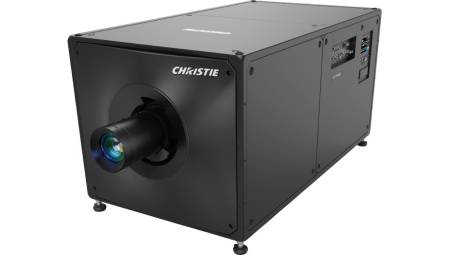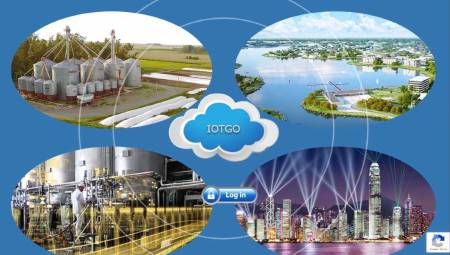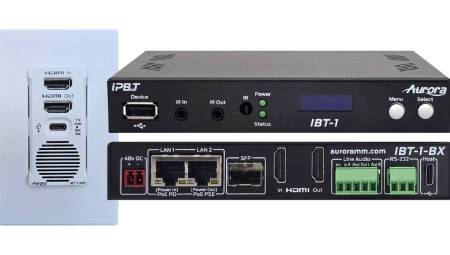 Latin America. 5G Americas, the industry association and voice of 5G and LTE america, today announced the release of 5G: The Future of IoT. This 5G Americas white paper explores market drivers and technology solutions for the Internet of Things (IoT), trends in vertical industries and applications, and shares an overview of the developments of 3GPP standards for cellular IoT that will create our connected future. IoT is already among us – there are more globally connected devices than the total number of inhabitants.
Latin America. 5G Americas, the industry association and voice of 5G and LTE america, today announced the release of 5G: The Future of IoT. This 5G Americas white paper explores market drivers and technology solutions for the Internet of Things (IoT), trends in vertical industries and applications, and shares an overview of the developments of 3GPP standards for cellular IoT that will create our connected future. IoT is already among us – there are more globally connected devices than the total number of inhabitants.
While some analyst firms project that there will be 20 billion connected things and $1 trillion in global IoT investments by 2020, IoT in general is reaching the scale envisioned for "massive IoT," which refers to tens of billions of devices, objects, and machines that require ubiquitous connectivity, whether mobile. nomadic or stationary. The international standards organization 3GPP has been securing the future of cellular technology to meet market requirements in a large number of vertical industries for massive IoT, which by definition means at least one million devices per kilometer.
With the move towards 5G, mobile networks are envisioned to efficiently support the simplest devices that communicate infrequently and are ultra-energy efficient for the long term with more than ten years of battery life. In addition, for Critical IoT, radio communications and the Ultra Reliable and Low Latency Communications (URLLC) architecture are defined in the standards and will be critical for vertical industries such as smart factories and industrial automation.
"Securing for the future and delivering IoT is becoming critical at a time when networks are transforming from 4G to 5G," said Vicki Livingston, Vice President of Communications for 5G Americas and one of the authors of the white paper. "In 2019, we are seeing the first deployments of 5G networks. However, LTE IoT will continue to evolve in the coming years, leveraging the scale, longevity and global coverage of LTE networks and complementing the initial deployments of New 5G Radiocommunications focused on optimized mobile broadband and high-performance IoT. The continued evolution of LTE is an integral part of the 5G platform – a unified fabric of higher capacity connectivity for our future."
5G: The Future of IoT highlights the 3GPP standards that are being developed since Release 17 to address the many and diverse requirements of the IoT, taking into account the Massive IoT and Critical IoT segments. It describes the vertical factory automation industry and several new functionalities to enable the operation of 5G systems along with IEEE Time Sensitive Networking (TSN). The work also provides an update to spectrum options for licensed, unlicensed, and shared bands. Essentially, these 3GPP standards are themselves a market enabler in future securing and ioT delivery in view of the transformation of networks from 4G to 5G.
Chris Pearson, President of 5G Americas, said: "The growth path of IoT has been huge and it is easy to recognize it all around us: in cities, vehicles, industries and communities. In these transformative times, a flexible system of technology as transformative as 5G can provide the infrastructure foundation for the expansive demands that come in the form of more specialized devices and devices with diverse performance requirements."
As of June 2019, there are 56 networks in the world offering LTE narrowband IoT (NB-IoT Cat-NB1), the 3GPP radiocommunication standard that caters to the Low Power Wide Area requirements of the IoT characterized by better indoor coverage, support for a massive number of low-transmission speed devices, low delay sensitivity , ultra-low device cost, low device power consumption, and optimized network architecture.
In addition, 24 networks offer LTE-M or Optimized Machine-Type Communications (eMTC Category M-1) to support lower device complexity, massive connection density, low device power consumption, low latency, and extended coverage while enabling reuse of the LTE installed base (TeleGeography data).
Both LTE-M and NB-IoT can be deployed within the in-band within a normal LTE carrier, or 'independently' on dedicated spectrum. NB-IoT can also be deployed on a guard band of an LTE operator. Beyond Release 13, there is a roadmap of technological innovations for IOT LTE that delivers additional optimizations to meet the massive IoT requirements of the future in 5G networks.
The work 5G: The Future of IoT was written by joint leaders Betsy Covell of Nokia and Rajat Prakash of Qualcomm, as well as Vicki Livingston of 5G Americas, and representatives of companies that are members of the Board of Directors of 5G Americas who participated in the development of this project. The white paper is available for download at no cost by clicking here.












































